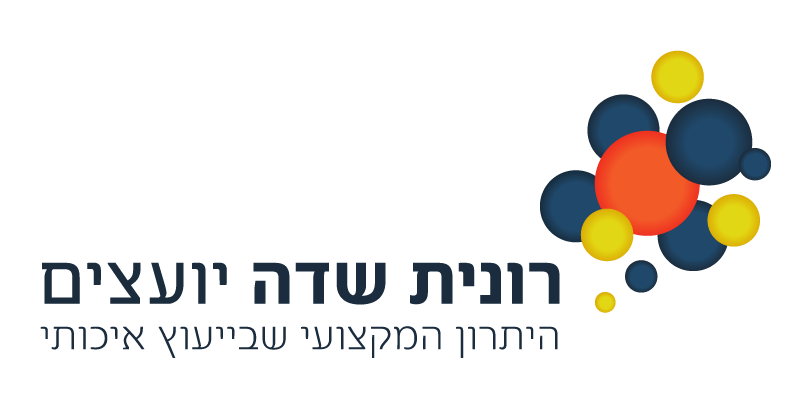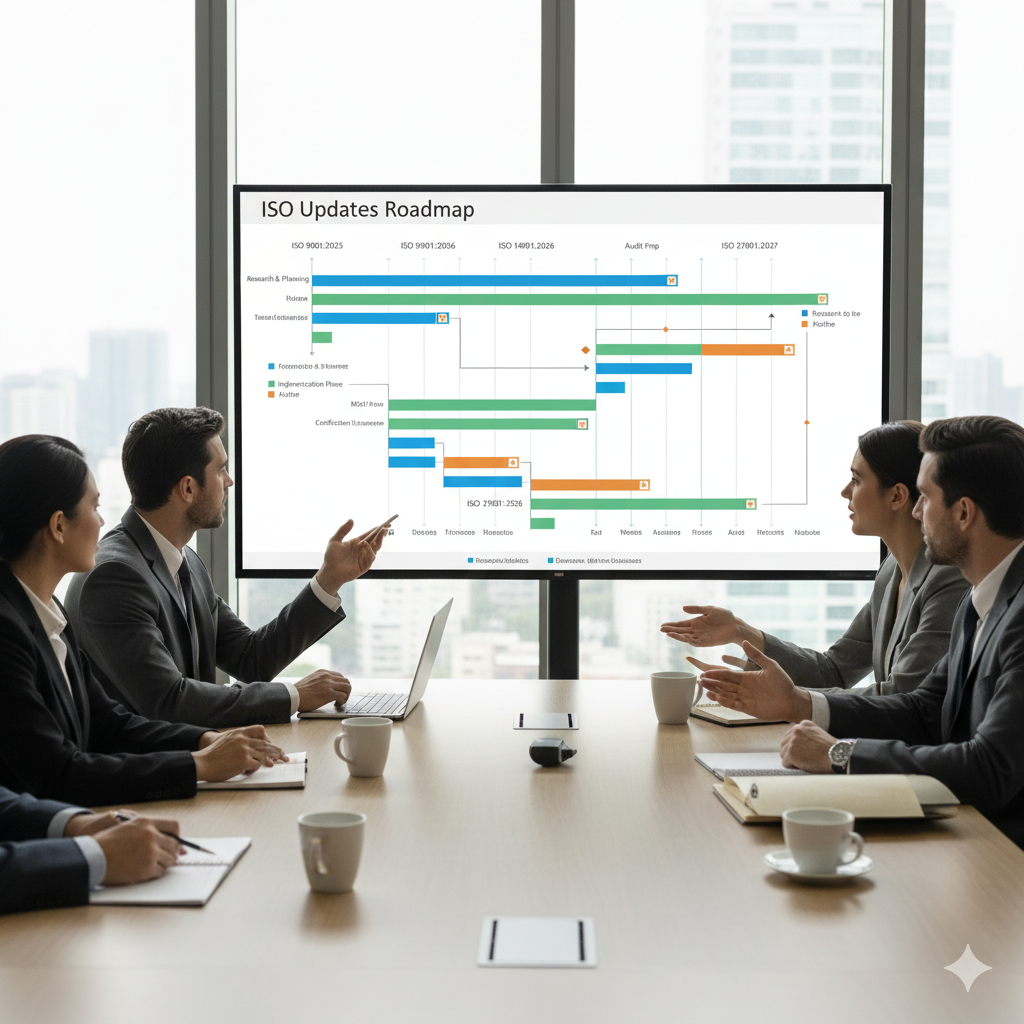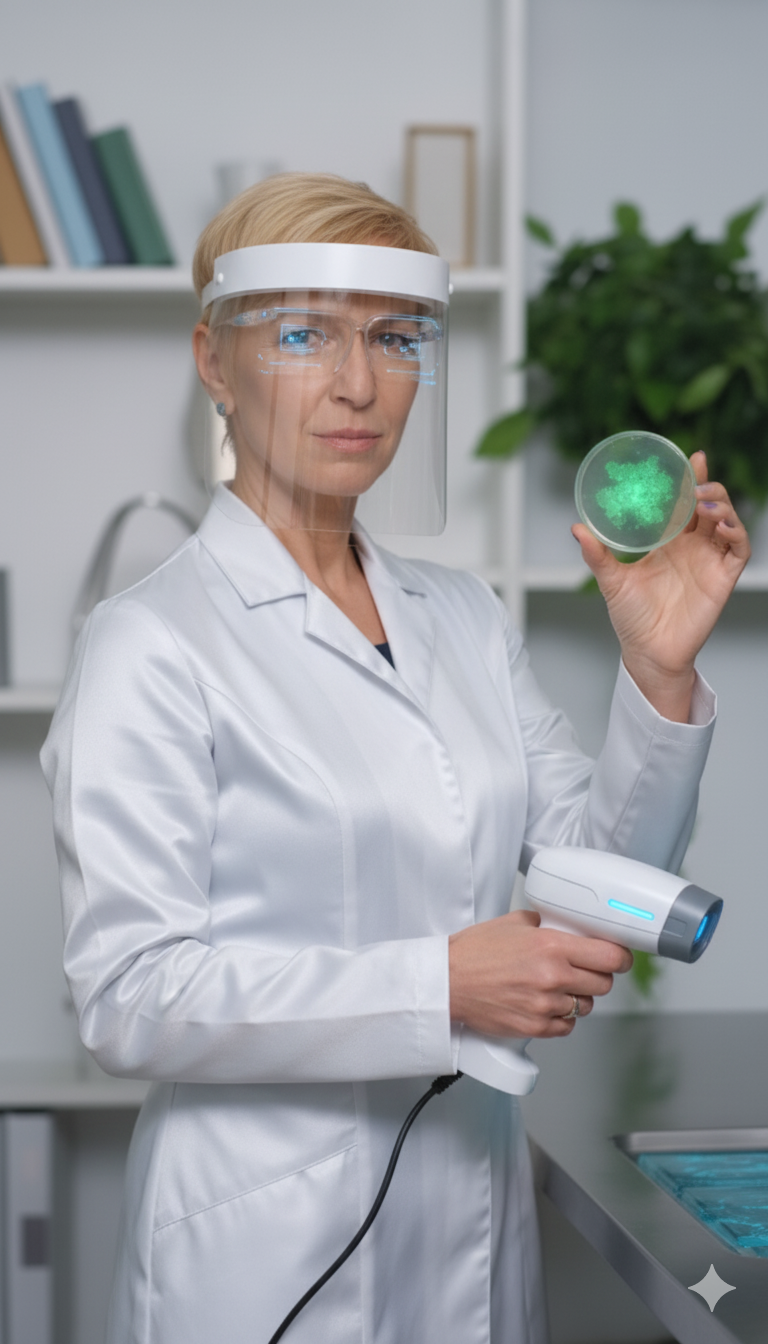The Definitive Guide to ISO 27001: Ensuring Cybersecurity for Your Business
Introduction to ISO 27001
Welcome to the digital age, where businesses are continually integrating technology into their operations. However, with this digital transformation comes the increased risk of cyber threats. Security has become a significant concern for companies worldwide. Here's where ISO 27001 comes into play. ISO 27001 is a globally accepted standard that provides a framework for an Information Security Management System (ISMS). It helps organizations manage their security practices, including the people, processes, and IT systems.
ISO 27001, established by the International Organization for Standardization, is a standard for information security that applies to all types and sizes of organizations. The standard is designed to help organizations establish and maintain an information security management system (ISMS), which is an overarching management framework through which the organization identifies, analyzes, and addresses its information risks.
The ISMS ensures that the security arrangements are fine-tuned to keep pace with changes to the security threats, vulnerabilities and business impacts – an important aspect in such a dynamic field, and a key advantage compared to the process-based approach. So, let's dive in and explore this vital tool for ensuring cybersecurity in your business.
Understanding the importance of ISO 27001
In the current digital era, data is a crucial asset for every organization. Data breaches can lead to financial losses, damage to reputation, and loss of customer trust. Therefore, it becomes imperative for businesses to prioritize data security. ISO 27001 is important because it provides a comprehensive approach to security, encompassing people, processes, and technology.
The importance of ISO 27001 extends beyond just cybersecurity. It also aids in compliance with other regulations like GDPR. By implementing ISO 27001, an organization can demonstrate to stakeholders that the company is committed to safeguarding their sensitive information. It also provides a benchmark against which an organization can measure its security management system.
Moreover, ISO 27001 promotes a culture of continuous improvement within the organization. The standard requires the organizations to continually review, update, and improve the ISMS, ensuring that it is always up-to-date and effective.
The key components of ISO 27001
ISO 27001 consists of several key components that form the backbone of the ISMS. These include the security policy, the ISMS scope, risk assessment and treatment methodology, risk treatment plan, and the Statement of Applicability (SoA). Let's delve deeper into these components.
The security policy is a high-level document that outlines the organization's approach to managing information security. It sets the direction and principles for achieving information security. The ISMS scope, on the other hand, defines the boundaries of the ISMS, including the locations, assets, technology, and personnel it covers.
The risk assessment and treatment methodology is a systematic approach to identifying and assessing information risks. This involves identifying the assets, threats, vulnerabilities, impacts, likelihoods, and risk levels. The risk treatment plan outlines how the organization plans to mitigate the identified risks.
Lastly, the SoA is a crucial document that lists all the controls that the organization has implemented and the reasons for implementing them. It also includes controls that the organization has decided not to implement, with justifications.
How ISO 27001 enhances cybersecurity
ISO 27001 enhances cybersecurity by providing a comprehensive framework for managing information security risks. By implementing this standard, organizations can identify their vulnerabilities and put in place adequate controls to manage or reduce them.
The ISO 27001 standard also helps organizations to understand and comply with the legal and regulatory requirements related to information security. This not only protects the organization from legal penalties but also enhances its reputation among stakeholders.
Furthermore, ISO 27001 encourages organizations to develop a culture of security. It ensures that security becomes a part of everyday business operations and not just a one-off project. This culture shift is crucial in the face of ever-evolving cyber threats.
Steps to achieve ISO 27001 compliance
Achieving ISO 27001 compliance is a journey that involves several steps. The first step is to understand the standard and its requirements. This involves reading the standard, attending training, and engaging with experts in the field.
The next step is to establish the ISMS. This involves defining the ISMS scope, developing the security policy, and conducting the risk assessment. The risk assessment helps identify the organization's vulnerabilities and the controls necessary to mitigate them.
Once the ISMS is established, the organization needs to implement the identified controls. This might involve changes to the organization's processes, technology, and culture. After the controls are implemented, the organization needs to monitor and review the ISMS to ensure its effectiveness. This involves conducting internal audits and management reviews.
Finally, the organization needs to undergo an external audit by a certified body to achieve ISO 27001 certification. The external audit ensures that the organization has correctly implemented the ISMS and is complying with all the requirements of the standard.
The process of ISO 27001 certification
ISO 27001 certification involves a two-stage audit process conducted by a certified body. The first stage, also known as the 'desk audit', reviews the organization's ISMS documentation to ensure it meets the standard's requirements. The auditor checks the security policy, the SoA, the risk treatment plan, and other documents.
The second stage is the 'field audit', where the auditor visits the organization to check if the activities are being conducted according to the documented procedures. This involves interviewing employees, checking records, and observing activities.
If the auditor is satisfied that the organization complies with the standard requirements, they will recommend the organization for ISO 27001 certification. The certification is valid for three years, but the organization needs to undergo surveillance audits annually to ensure ongoing compliance.
Benefits of ISO 27001 certification for businesses
ISO 27001 certification brings numerous benefits for businesses. Firstly, it enhances the organization's reputation among stakeholders, as it demonstrates the organization's commitment to information security. This can lead to increased business opportunities and customer trust.
Secondly, ISO 27001 certification can help the organization comply with legal and regulatory requirements, thus avoiding legal penalties. Moreover, the standard helps the organization identify and manage its information security risks, thereby reducing the likelihood and impacts of security breaches.
Lastly, ISO 27001 promotes a culture of continuous improvement. The standard requires the organizations to continually review and improve their ISMS, ensuring it remains effective amid changing threats and business conditions.
Overcoming challenges in implementing ISO 27001
Implementing ISO 27001 can pose several challenges for organizations. These include a lack of understanding of the standard, resistance from employees, resource constraints, and difficulty in managing the project. However, these challenges can be overcome with proper planning and support.
The first step to overcoming these challenges is to ensure that top management is committed to the project. Their support is crucial for allocating resources and driving the necessary changes. Training is another important aspect. The organization needs to educate its employees about the importance of information security and their role in maintaining it.
Furthermore, it's important to manage the project effectively. This involves setting clear objectives, establishing a project plan, and monitoring progress. The organization can also seek help from external consultants or use tools to simplify the process.
Case studies of businesses that have implemented ISO 27001
Numerous businesses across different sectors have successfully implemented ISO 27001 and reaped its benefits. For instance, a leading IT services company implemented ISO 27001 to strengthen its security practices. The certification process helped the company identify its vulnerabilities and implement effective controls. As a result, the company saw a significant reduction in security incidents and an increase in customer trust.
In another case, a health care provider implemented ISO 27001 to protect its sensitive patient data. The process helped the company comply with legal requirements and enhance its reputation among stakeholders. The company now has a systematic approach to managing information security and is better prepared to handle cyber threats.
Conclusion: Securing your business with ISO 27001
In conclusion, ISO 27001 is a powerful tool for securing your business in the digital age. It provides a comprehensive framework for managing information security risks and enhances your organization's reputation. While implementing ISO 27001 can pose challenges, the benefits it brings are well worth the effort.











